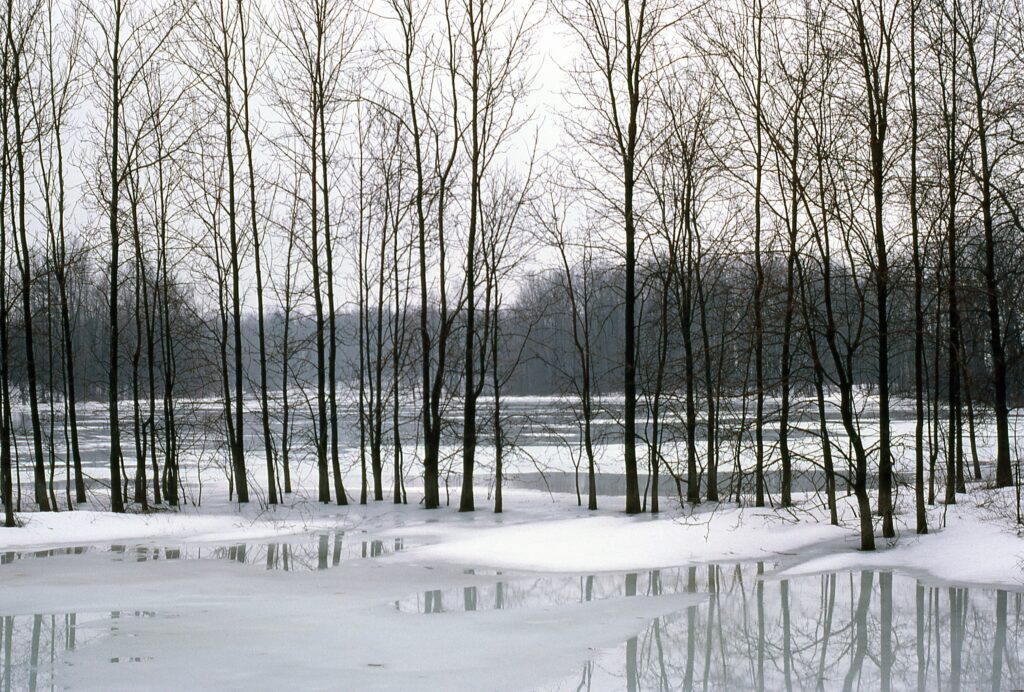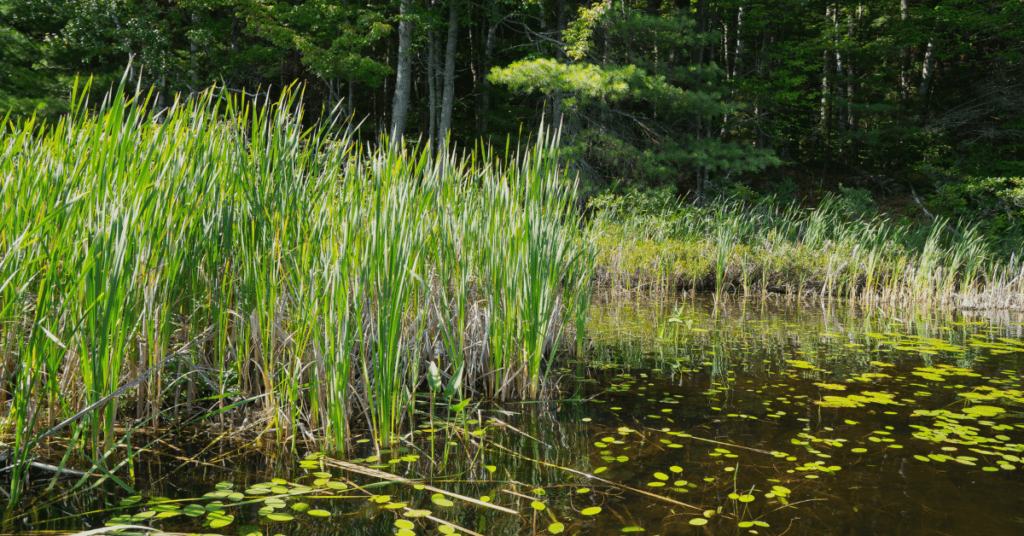Updated: 21/12/2015
More than fifteen years ago, a tragedy in the town of Walkerton, Ontario made headlines around the world. The town’s drinking water was contaminated with E.coli, as a result seven people died and thousands were sickened. This month, Ontario delivered on a commitment to make sure this doesn’t happen again.
The Walkerton tragedy, and the following inquiry, shone a light on the fact that action was needed to protect the surface and groundwater that supplies municipal drinking water. And the province responded. In 2006, it passed the Clean Water Act, and by doing so, implemented all of the recommendations of the Walkerton inquiry.
The Act required the creation of local source protection committees to identify threats and develop plans to protect water at its source – in rivers, lakes and aquifers. And this month, Ontario’s Minister of Environment and Climate Change approved the final source water protection plan.
Some of the threats the plans identify include:
- Leaking septic systems
- Fertilizer, manure, pesticide and roadsalt polluting the flow of water over land i.e. runoff
- Micro-plastics
The next step is for the plans to be carried out. In some cases, this means that activities that pose a significant risk to drinking water sources won’t be permitted. In other cases, plans will be developed to ensure that activities identified in the source water protection plan don’t pose a threat. The measures will vary to match the risks and could include risk management approaches, land use planning, education about activities on vulnerable source water area, and potential bylaw changes.
A framework to protect water from source to tap
Each source water protection plan is specific to a watershed, but collectively they are a resource that ensures that Ontario’s water is safe to drink. The multi-stakeholder source water protection committees and their communities put in years of hard work to identify present and future drinking water risks and how to address them. The Environmental Commissioner has pointed out that this knowledge could be shared and put to use by many different groups. It could also be and scaled up to understand cumulative impacts.
Protecting the lakes, rivers, and groundwater that provide our communities with vital drinking water is critical. We can’t let a tragedy like Walkerton happen again. And protecting water at its source just makes sense. Treating water for drinking is expensive. It’s more effective and less expensive to keep toxics and other pollutants from getting into our water in the first place.
Ontario has some of the best and best protected drinking water in the world. The Clean Water Act and the source water protection plans are helping to ensure that it remains that way, keeping our water safe from source to tap. The second line of defence is ongoing water testing and improved water treatment.
Learn More
To learn where your water comes from and how to protect it find your local source protection area.
Stay tuned for future petitions and ways to take action at home and in your community by signing up for our water newsletter.
UPDATE – More good news for Ontario’s drinking water!
Last year Ontario’s Auditor General Report on the source water protection program highlighted gaps – or opportunities – to protect drinking water. The report called for more work to protect communities that are not covered by the plans (those outside of conservation authority areas or relying on private wells). A year later, the Minister’s Annual Report on Drinking Water, showcases Great Lakes collaboration, the province’s ongoing work with First Nations and the federal government to improve drinking water on reserves and actions to fight climate change.
The chief Drinking Water Inspector’s Annual Report , released last week, shows that municipal drinking water systems and non-municipal year-round residential systems have met drinking water quality standards (for microbiological, chemical and radiological parameters) in over 99% of tests.
Public access to municipal drinking water data has been improved, with the Open Data catalogue of the information from the Drinking Water report – this will be updated throughout the year.








